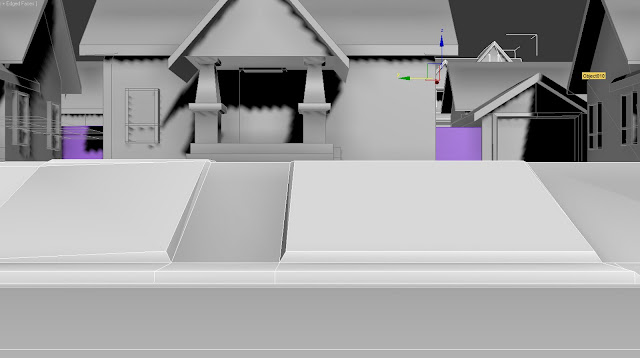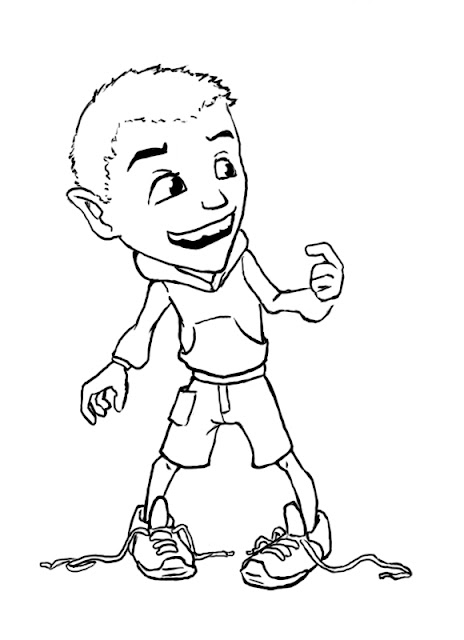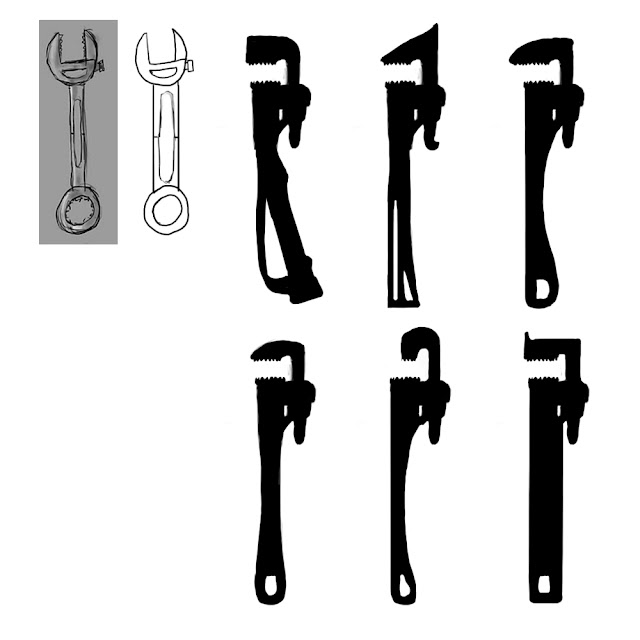I spent the majority of this past summer working with my game team, Scrap Metal Games, on what will be our collective senior project - a side-scrolling puzzle platformer with the working title Wasted Youth.
The game, as pitched to the team originally during recruitment and over the first couple of weeks, was an ambitious one - turn-based tactical combat plus squad management with dozens of levels, similar to the X-Com series or Jagged Alliance, one of my all-time favorite games. The squads would consist of children living in a wasteland of trash and scraps left behind when all the adults in the world abandoned their pollution-wrecked homeworld in pursuit of a new utopian planet to infect, leaving the children behind. The meek literally inheriting the Earth. Through a long, difficult, amazing and exciting series of weeks we really collaborated to find ideas that we were all passionate about, could get behind and thought were of an achievable scope given the team, resources and time, and that's where we're at today.
As of now, Wasted Youth is an entirely different animal - we retained the original world and the idea of the kids in the wasteland but decided to move in a more positive direction, eschewing the violence of squad-based combat in favor of trying to communicate positive messages through play - collaboration, teamwork, clever non-violent solutions to difficult problems and the value of discarded things.
The team consists of myself as Producer and Animator, Beau Bateman as Lead Artist, Alexi Gill as Environment Artist, Zach Hartlage as Character Artist, Randy McMeekin as Technical Artist, Jeff Mountain as UI Artist and Art Support, Thor Gass as Lead Systems Designer, Vincent Leone as Level Designer and Ryan Cassell as Technical Director.
Our main focus for the summer semester was to prepare ourselves for the Fall Semester and get us to the point where we could enter full production, to spend our time exploring the art styles, gameplay choices and world designs we wanted to so that we could enter production mode having made the hard decisions and ready to go to work. In that regard, I think we were very successful. We also spent a lot of time getting used to working with the game engine (Unity3d, in this case) and preparing basic prototypes to test ideas and the general asset pipeline. In that regard, as well, we were successful and have a fully interactive and playable rough tech demo in place, and are on schedule to have the first couple of levels designed and playable within the next couple of weeks.
One of the biggest challenges with working with a team of this size is communication and collaboration, making sure that everyone knows what they need to be doing, where the project currently stands, to collaborate on work, share progress and get feedback. For this team I found that using one of the Google Sites worked spectacularly well so far. I set it up at the beginning of summer and got the entire team to subscribe to it so it emails out whenever it is updated. Each of us share current progress in the blog section. I embed various Google Docs documents to give us all easy access to our Game Design Document, Technical Design Document and Style Guide, and we use the list/task system to keep track of who is doing what and when it is due.
I've also been working on developing a thorough cascading scrum toolset in Google Docs' spreadsheet program, but it's been difficult - I needed it to perform certain jobs that I couldn't really work on using Microsoft Project, as this task set has different requirements for budgeting time then you'd see in a business environment since we're all students with varying schedules, but it doesn't really feel like a good fit for the team so I've been playing it by ear, being sure to keep track of what tasks are going to be necessary for the project and getting them scheduled in our weekly team recap meetings on Mondays. Having them be part of the process, volunteering to handle a task rather then just assigning one, is far preferable in my opinion. Additionally, it helps all of us retain ownership of the work we have to do, we're more accountable for our work and we learn how to better estimate our skills and abilities.
Keeping a fairly well established chain of command for issues and such was also useful. Having Beau and Thor be the leads for their own teams makes sure that the two departments feel like they have ownership over their own jobs and know who they need to turn to with questions.
All in all, I'm excited for the next few weeks - we've just moved into full production mode, we're scheduled to have the first levels greyboxed in soon and we'll be ready for playtesting in the next couple of weeks. We've established look & feel for the world and for individual props and are just dialing in the texturing pipeline now, already having established the styles and pipeline for the characters, rigging and environment models. Now all we have left is making our group vision come to life.
Finally, I want to show off some of the fantastic art that's been generated from this project so far - a lot of the art that follows wasn't made by me but was made by my team during our summer exploratory preproduction phase.
Early environment model tests by Alexi Gill, exploring the ability to reuse assets to create an assortment of environment props and areas.
Look & Feel concepts and paintovers by Lead Artist Beau Bateman. The first is a rough concept and color comp of one of our characters. The rest is a process series in which he created rough models of the environment to speed up getting the shapes and perspective correct, then did a rough color pass. He then went through and populated and aged the world, then tossed in the character concept so that we could all see how things should look in-game.
Character and prop concepts by Zach Hartlage.
Vehicle concepts by Randy McMeekin.

















No comments:
Post a Comment